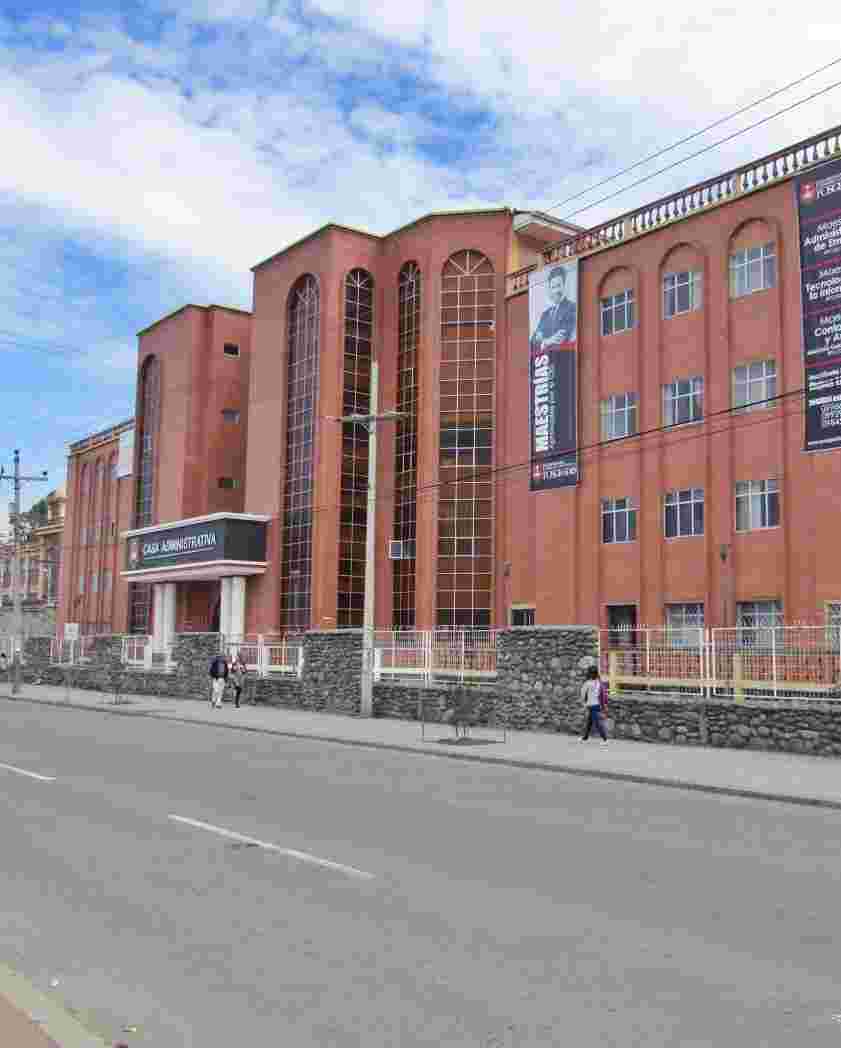Sede Azogues - Ingeniería Civil
URI permanente para esta comunidadhttps://dspace.ucacue.edu.ec/handle/ucacue/96
Examinar
Examinando Sede Azogues - Ingeniería Civil por Autor "."
Mostrando 1 - 4 de 4
- Resultados por página
- Opciones de ordenación
Ítem Acceso Abierto Análisis post-sismo en viviendas del cantón Azogues – Ecuador.(Universidad Católica de Cuenca., 2023) Rojas Mendez, Kevin Emmanuel; Nieto Cárdenas , Jaime Xavier; 0302563358; .This study was performed in houses in the Azogues canton in response to the earthquake in Ecuador on March 18, 2023. The research involved the analysis of at least 20 houses or buildings to accomplish a post-earthquake analysis of structural and non-structural elements. In addition, this research aims to propose measures to repair and prevent the most commonly identified damages. A standardized form was used to conduct the on-site analysis, photographs, and crack measurements were taken, the elements found were schematized, and the corresponding data were tabulated. The results of the analysis revealed that several houses present only non-structural damage. As for the other houses, failures were due to a combination of factors, including deficiencies such as construction processes and lack of maintenance.Ítem Acceso Abierto Mortero para refuerzo de mampostería en viviendas informales(Universidad Católica de Cuenca., 2023) Castro Castillo, Matías Renato; Nieto Cárdenas, Jaime Xavier; 0105456222; .This article focuses on assessing the resistance of mortars to indirect tension and compression, simple and reinforced with different percentages of steel fiber. The aim is to find resistant and cost-effective solutions to reinforce informal housing with a high degree of structural vulnerability. Firstly, the resistance to indirect tension and displacements supported by simple and reinforced mortars are compared; it is observed that reinforced mortars offer higher resistance and capacity to deform; the more the percentage of fiber is varied, the more these characteristics increase. Then, the compressive strength is compared, and reinforced mortars show satisfactory results. In terms of cost, reinforced mortar presents disadvantages due to the expense of fibers. In the percentages studied in this article (10,15,20 and 25%), reinforced mortar usage for informal housing does not seem so striking; it is recommended to conduct similar research with different percentages of fiber.Ítem Acceso Abierto Rehabilitación estructural de edificaciones patrimoniales. Caso de estudio edificación en el centro histórico de Cuenca.(Universidad Católica de Cuenca., 2023) Lema Lema, Milton Javier; Zhumi Sucuzhañay, Luis Santiago; Urgiles Rojas , Juan Diego; 0302640461; 0302417605; .This document focuses on analyzing the structural behavior of a building located in the historic center of the city of Cuenca, characterized by the use of various construction materials such as wattle and daub, wood, adobe, and brick. Through visual inspection, different pathologies have been identified. Most of these dysfunctions are attributable to prolonged exposure to adverse weather conditions and the lack of maintenance that the construction components have experienced over time. In a more detailed context, tests were conducted to determine the physical and mechanical properties of the elements that comprise the building, which has permitted a comprehensive assessment of the state of conservation of materials and their composition. Within this framework, nonlinear pushover analysis was implemented as an essential tool for assessing structural behavior and ensuring occupational safety. Finally, some suggestions are made for intervention in walls using materials compatible with the building, such as geogrids or wooden staples, to improve resistance and stability.Ítem Acceso Abierto Uso de plásticos reciclados en remplazo de agregados finos para la fabricación de hormigón estructural y su aplicación en el cantón Azogues.(Universidad Católica de Cuenca., 2023) Aulestia Pesántez, Milton Adrian; Illescas Cárdenas, Paúl Esteban; 0302196274; .Deficiencies in solid waste management, especially plastics, constitute a significant problem for natural ecosystems and public health. In response to this issue, recycling emerges as an alternative to the conflict, providing added value to waste. Therefore, this research describes the potential application of crushed recycled plastics to replace a percentage of stone aggregates in the production of concrete with designs of 180, 210, and 240 kg/cm2, using plastic percentages of 5 and 10% for each mix, defining their compliance range according to the Ecuadorian Technical Standard (NTE by its Spanish acronym). The evolution of sample strengths over time is reported, with the results show that the 240 kg/cm2 sample, designed with 10% and 5% plastic aggregates, showed a decrease in strength compared to the control specimen. The same occurred with the 210 kg/cm2 and 180 kg/cm2 sample. In general, numerical terms, the differences in strengths at 28 days, on average, have decreased by 30.43% in samples with 10% plastic incorporation instead of sand, while samples with 5% plastic incorporation show a 13.14% decrease in strength. This establishes a basis that supports the notion of an unsuccessful use of this material to achieve a higher degree of resistance in structural elements.




